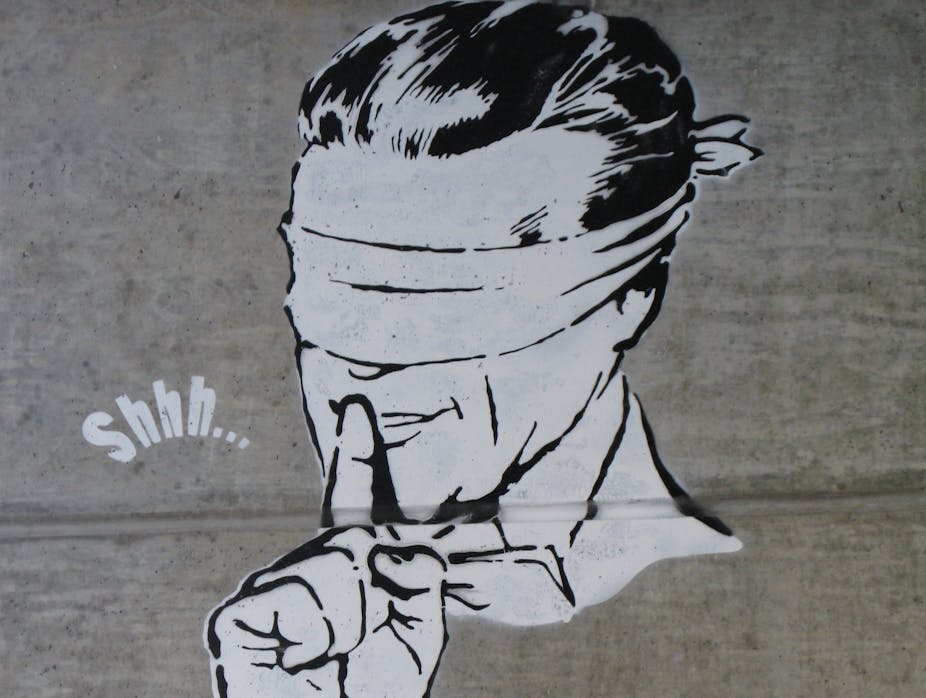India’s government has displeased many internet users by blocking access to some major websites at the start of the new year. A total of 32 sites were blocked, although sanctions have been lifted from the three most famous sites on the list: software development platform GitHub and video sites Vimeo and Dailymotion.
The decision to block the sites was reportedly over concerns that they were hosting content by terrorist groups. For many Westerners, democracy and free speech are inextricably connected, so the idea of curtailing freedom of expression in the interests of political stability seems illiberal and even totalitarian. But India is not alone in feeling the need to take some action. Some initial battles took place last year, but it looks as if 2015 will really be the year in which internet censorship will become a war.
British prime minister, David Cameron, and other Western leaders have been forced to confront a difficult issue in 2014, as Islamic State showed how deftly it could appropriate social media networks to spread its jihadi manifesto. What happens when terrorists commandeer global media networks and use them to disseminate propaganda aimed at undermining democratic, secular governance?
The response from politicians has been to lean heavily on internet service providers, making them do more to remove jihadi material. This approach is regarded as unjustifiable censorship by critics, including the Index on Censorship, which has argued for the right of people to decide for themselves whether they view such content.
Corporate censorship
For their part, social media companies such as Twitter have been taking down accounts linked to IS, even though employees have been threatened with death for doing so. And YouTube has been working hard to remove jihadi material that glorifies violence.
But if you’re determined to find a video of an IS beheading, you will find one. One student casually remarked to me during a recent lecture that he’d watched a beheading video only a few nights earlier, in rather the same way as if he might have mentioned that he’d caught up on an episode of The Simpsons.
There are some who passionately believe that such videos should remain accessible. The Index on Censorship argues that allowing governments or media corporations to decide who watches what is the start of a process that leads, ultimately, to the muzzling of dissent and difference.
Those who believe this content shouldn’t be viewed can urge others not to watch it, as Twitter users did in August with the #ISISmediablackout hashtag. Still, while one or more people can choose not to look, the content will still be available unless politicians take action. And as Cameron ponders just how he should do that in 2015 without triggering accusations of censorship, he could consider a lesson in recent British history.
The oxygen of publicity
The British government formally ended a high-profile dalliance with censorship 20 years ago when it lifted restrictions on how the media could report the Troubles in Northern Ireland. From 1988 to 1994, broadcasters were banned from airing the words spoken directly by the Irish Republican party, Sinn Fein, and by specified paramilitary organisations.
As it turned out, broadcasters could use actors and reported speech to convey the content of such organisations. Interviews with Sinn Fein’s leader Gerry Adams were televised and his exact words broadcast, just with the voice of an actor dubbed over the top.
This all prompted questions about just how the law was depriving Sinn Fein and other organisations of what Margaret Thatcher termed the “oxygen of publicity”.
Since then, the digital revolution has transformed the media, enabling terrorists to reach new audiences. By setting up a social media account, jihadis can immediately give themselves a voice with a reach that is potentially global. As a result the UK government is now engaged in a similar battle to that which took place during the Troubles, but the goalposts have been significantly widened.
Last month, Cameron announced he wants companies to be more proactive in taking down “harmful material”. He also called for stronger filters and an on-screen button to report jihadi material.
Talk of filters induces queasiness in the anti-censorship lobby – and for good reason. Censorship of the web is regularly used by repressive regimes to retain control over what is said online. But the trouble for those who oppose such restrictions is that a traditional argument against censorship has been undermined – arguably by Twitter more than any other organisation.
Social media often means that debate is conducted via short statements that contain emotional responses. Abbreviated words, images and hashtags often replace reasoned discourse. Almost by design, Twitter is not conducive to the sort of patient argument needed to express a controversial opinion and justify it to your critics.
So world leaders have started running out of options. The indicators are that they won’t leave it to chance this year and that censorship will continue to be deployed through a combination of government and corporate activity. What started in a panic in 2014, will become something altogether more structured and powerful in the 12 months to come.

